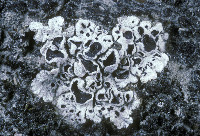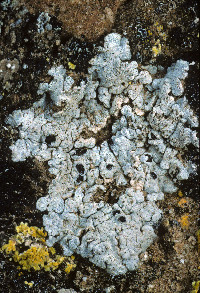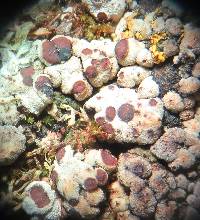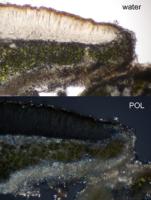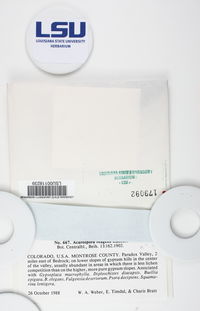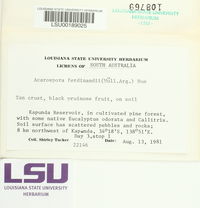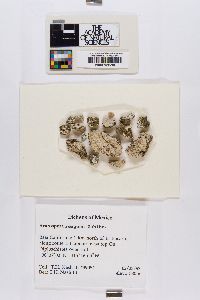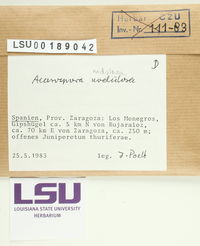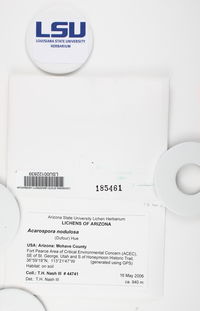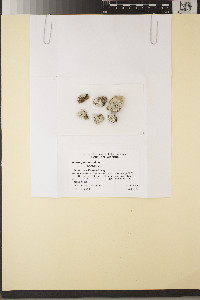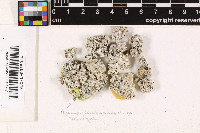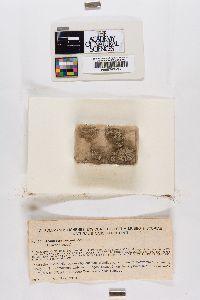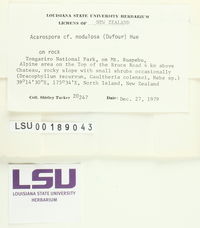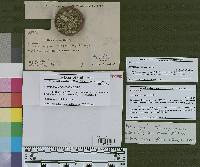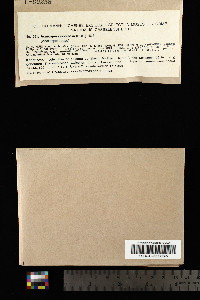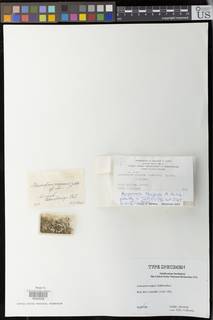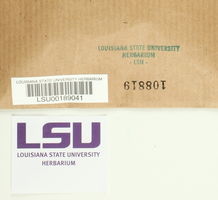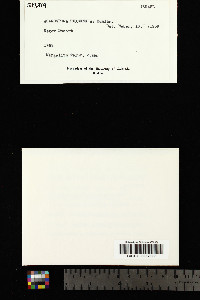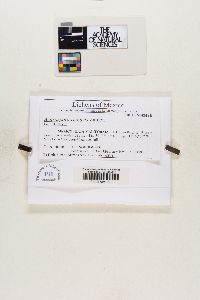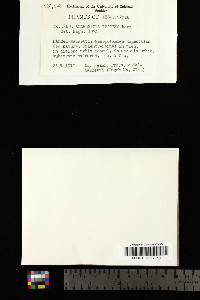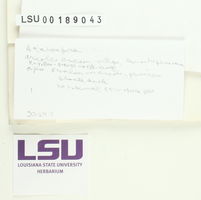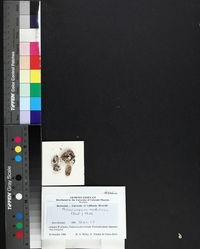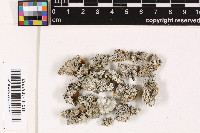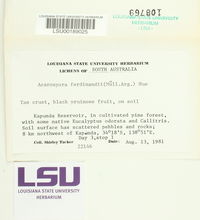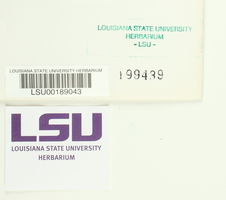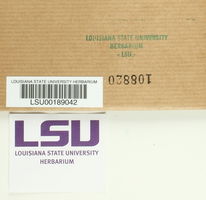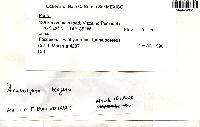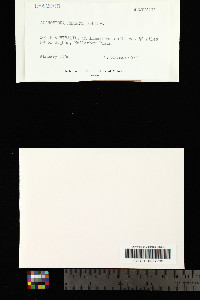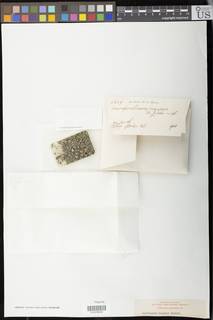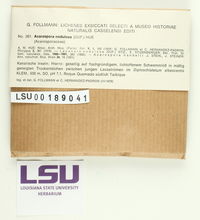
Consortium of Lichen Herbaria
- building a Global Consortium of Bryophytes and Lichens as keystones of cryptobiotic communities -
- Home
- Search
- Images
- Species Checklists
- US States: O-Z >
- US National Parks
- Central America
- South America
- US National Parks
- Southern Subpolar Region
|
|
|
|
Family: Acarosporaceae
[Acarospora geogena H. Magn., moreAcarospora geophila H. Magn., Acarospora reagens Zahlbr.] |
Nash, T.H., Ryan, B.D., Gries, C., Bungartz, F., (eds.) 2007. Lichen Flora of the Greater Sonoran Desert Region. Vol 3. Thallus: usually squamulose but sometimes areolate on eroding and crumbling surfaces, overall up to 10 cm wide squamules: irregularly shaped, rounded, lobed, but without a stipe, up to 5 mm in diam., up to 0.8 mm thick, contiguous to imbricate; rim: ±down-turned upper surface: white to pale pink due to pruina, white to brownish red beneath, dull, surface rough and uneven, convex upper cortex: prosoplectenchymatous, with palisade of anticlinal hyphae, spreading from hyphal bundles penetrating through the algal layer, 50-70 µm thick; epinecral layer: mixing with pruina; eucortex: upper layer pale brown or almost hyaline and 5-10 µm thick, lower layer hyaline and 30-65 µm thick algal layer: uneven, divided by hyphal bundles medulla: prosoplectenchymatous, white, opaque lower surface: white or black and corticated, often encrusted with soil particles, but becoming disorganized on crumbling or eroding substrates attachment: broad with large rhizohyphae, 4+ µm wide, white to black, branching and anastomosing, linking areoles; becoming stilt-like and exposed from erosion, raising lower surface off the substrate but without forming a stipe Apothecia: round, immersed to elevated, up to 1.3 mm across, usually one or more per areole, sometimes smaller apothecia merging into a single apothecium; sometimes apothecium elevated above squamule and lecanorine disc: pale red, rough, epruinose, usually with ring around disc formed by true exciple, sometimes true exciple forming a lecideine margin when thallus has receded beneath disc parathecium: expanding to c. 70 µm thick, forming thin ring around disc epihymenium: golden, rather indistinct, c. 10 µm thick hymenium: orange in thick section, pale yellow in thin section, conglutinated, 50-150 µm tall; paraphyses: 1.7-2(-3) µm wide at base, hardly expanded apically or expanded to 4-5 µm subhymenium: pale yellow, indistinct; hypothecium: c. 15 µm thick asci: cylindrical, varying in height with hymenium, 45-110 x 13-20 µm, 100+ -spored ascospores: hyaline, simple, generally broadly ellipsoid but may appear globose, 4-6 x (2-)3-3.6 µm Pycnidia: immersed, spherical, 100-150 µm across, with a hyaline hyaline wall, ostiole not visible, located often near edges of squamules conidia: bacilliform, 2-3 x 1-1.4 µm Spot tests: UV-, thallus K+ yellow to red or K-; exciple K+ red with crystals or K-; some specimens are K- in thallus with K+ red in exciple and/or hypothecium; sometimes norstictic acid is completely absent or only discovered with TLC Secondary metabolites: norstictic acid. Substrate and ecology: on soil, often carbonate- and gypsum-derived, but not restricted to them; lichenicolous on Diploschistes species and probably other lichens World Distribution: Europe (Spain, France, Italy), Africa, Turkey through Asia, Australia, and western North America Sonoran distribution: Arizona, southern California and Baja California. Notes: Specimens of A. nodulosa with norstictic acid were once called A. reagens or A. nodulosa var. reagens. In this treatment not even the varietal status is recognized, because I found thalli with a K- reaction but with norstictic acid in the exciple. All specimens examined with TLC from Sonoran area had at least traces of norstictic acid. Acarospora geogena H. Magn is named from a single K- specimen from Washington with a true exciple that is better developed than most A. nodulosa specimens. |
|
|
|
Powered by Symbiota




